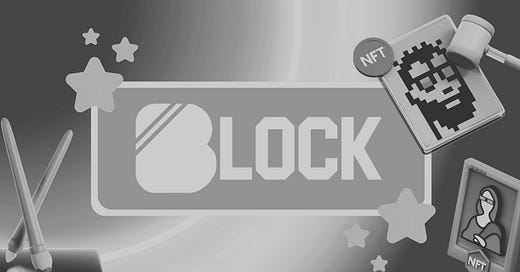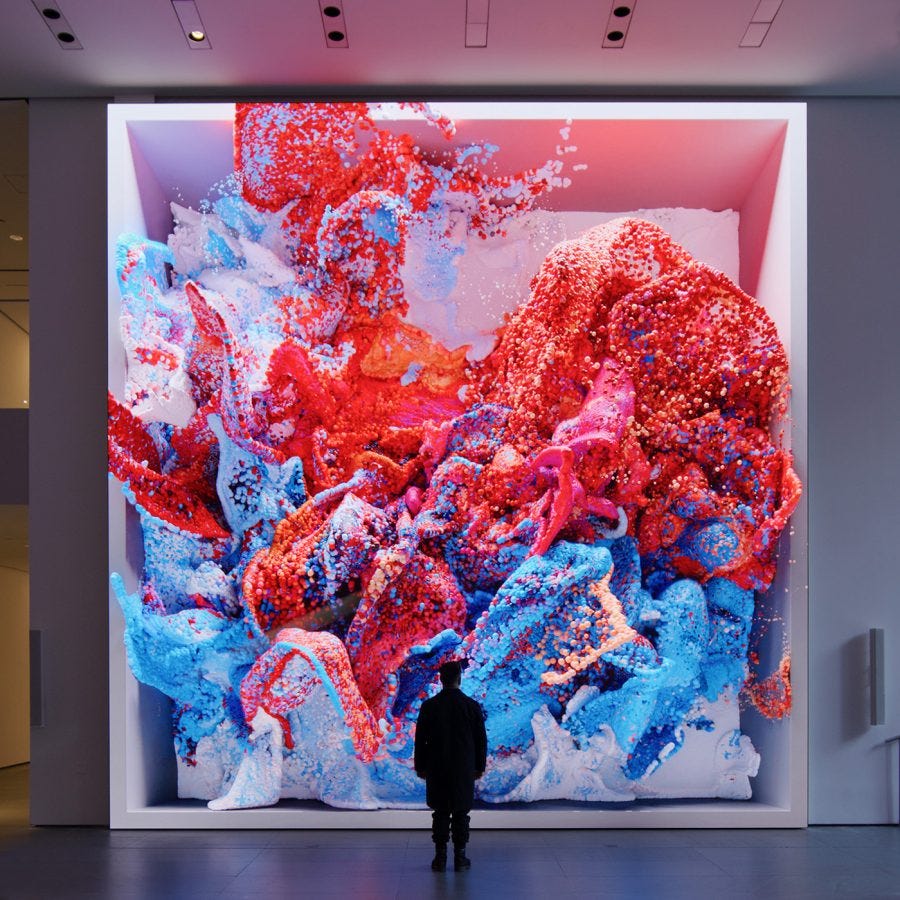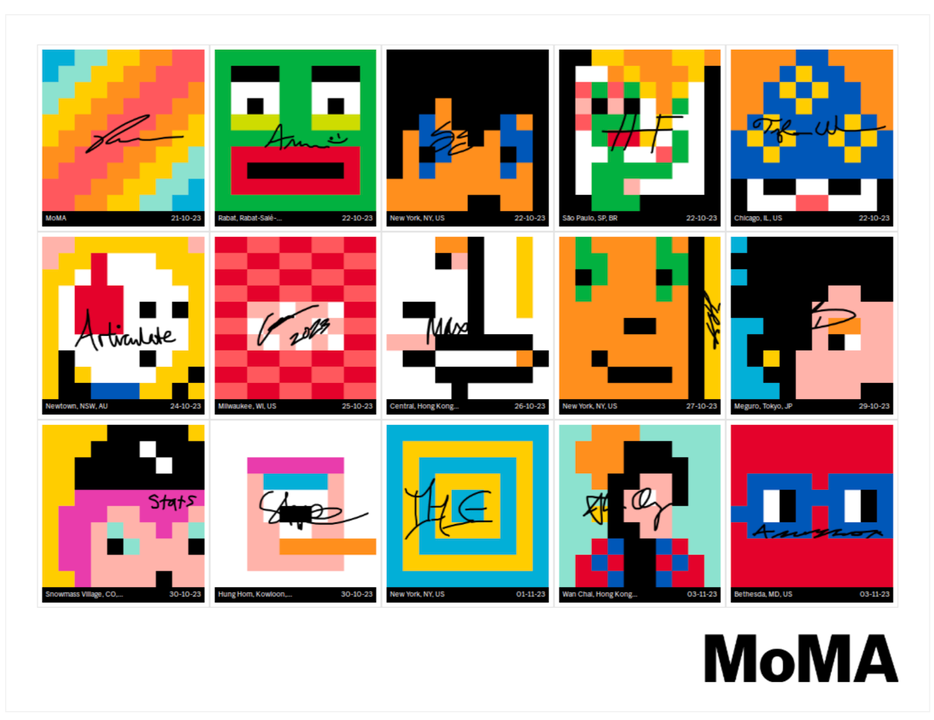NFT Edition: MoMA and NFTs–The Future of Art
How the MoMA is redefining how we think about art
The Museum of Modern Art (MoMA) has long been at the forefront of innovation in the art world, embracing avant-garde movements and showcasing groundbreaking works that define their eras. So, what happens when one of the world's most prestigious art museums decides to dive into the world of NFTs?
Since last year, the MoMA has taken a significant step into the future by integrating blockchain technology and NFTs into its collection and programming. This isn’t just a flashy experiment; it’s a transformative moment for how we think about art, ownership, and community in the digital age. Trust us when we say: it's pretty exciting.
The Significance of MoMA’s NFT Integration
When MoMA embraces NFTs, it's like having your cool grandparent suddenly get into TikTok–but in a really meaningful way. This isn't about jumping on a trend. MoMA's making a powerful statement about how art is evolving, and they're bringing their century-old expertise into the digital future.
NFTs, often misunderstood as mere digital collectibles, offer a revolutionary way to authenticate, share, and co-create art. By integrating NFTs, MoMA is recognizing that the blockchain isn’t just a tool for commerce–it’s a medium with creative and cultural potential. This move validates digital art as a legitimate form of artistic expression and positions MoMA as a leader in bridging traditional art institutions with emerging digital platforms.
A Peek into MoMA’s Web3 Experiments
Let's talk about two projects they're running (even though there are more):
First up, there's "Unsupervised", a massive display of AI-generated art that's constantly changing. It is the perfect example of how art and technology can merge to create something extraordinary. Projected on a massive scale in MoMA’s Gund Lobby, the piece uses data from the museum’s collection and real-time input from the gallery space to create a living, evolving work of art.
The cool part? You can grab your own piece of this artwork as an NFT through a simple QR code scan.
Then there's the MoMA Postcard project. Think of it as a digital art jam session where 15 people work together to create something unique. Each person adds their own digital stamp, and everything's recorded on the blockchain, ensuring transparency and co-ownership. It's like having your art contribution permanently etched in MoMA's digital history books.
Participants are encouraged to share their creations, exchange ideas, and connect across boundaries, reflecting blockchain’s potential as a tool for community building.
Why This Matters: Redefining Ownership and Interaction in Art
Here's the thing about the art world–it's always been a bit mysterious about who owns what and how things are bought and sold. NFTs change this completely, bringing much-needed transparency. Everything's recorded on the blockchain, making it crystal clear who owns what and where it came from, offering a level of authenticity that traditional certificates can’t match.
For MoMA, integrating this technology isn’t just about keeping records—it’s about empowering artists and collectors alike. By embracing NFTs, MoMA is showing that art doesn’t have to be confined to physical spaces or objects. It can live, grow, and be shared digitally while still retaining its value and meaning.
NFTs also represent a shift from passively viewing art to actively participating in its creation and preservation. You're not just standing in front of art anymore–you can be part of creating it! The MoMA Postcard project, for example, isn't just for professional artists; it's for anyone who wants to join in. This level of engagement has the potential to democratize the art world, making it more inclusive and accessible.
Challenges and Opportunities
Let's be honest—there are challenges when adopting new technologies. Some visitors struggle with the tech side of things (we've all been there) and requiring them to download unfamiliar apps can deter participation. Also, NFTs still have their skeptics. There's the whole debate, given their association with market speculation and environmental concerns.
However, these challenges are opportunities in disguise. By experimenting with projects that emphasize community, creativity, and accessibility, MoMA is helping to shift the narrative around NFTs. Instead of focusing on financial value, these initiatives prioritize artistic and cultural significance, paving the way for a more sustainable and meaningful integration of blockchain in the art world.
MoMA’s Vision and What This Means for the Future
By embracing blockchain and NFTs, MoMA isn’t just experimenting with technology—it’s shaping the future of art. These initiatives demonstrate that digital art and traditional art can coexist, enriching one another and opening new possibilities for creators and audiences alike.
MoMA’s journey into the NFT space is a bold reminder that art is always evolving. Whether it’s through AI-powered installations, collaborative blockchain projects, or other yet-to-be-imagined innovations, the museum is proving that the intersection of art and technology is a space worth exploring.
Whether you're a traditional art lover or a tech enthusiast, MoMA's experiments with NFTs are worth watching. They're not just preserving art history–they're making it. And the best part? We all get to be part of this transformation.
Want to see the future of art? It's happening right now at MoMA, and everyone's invited to join in.








